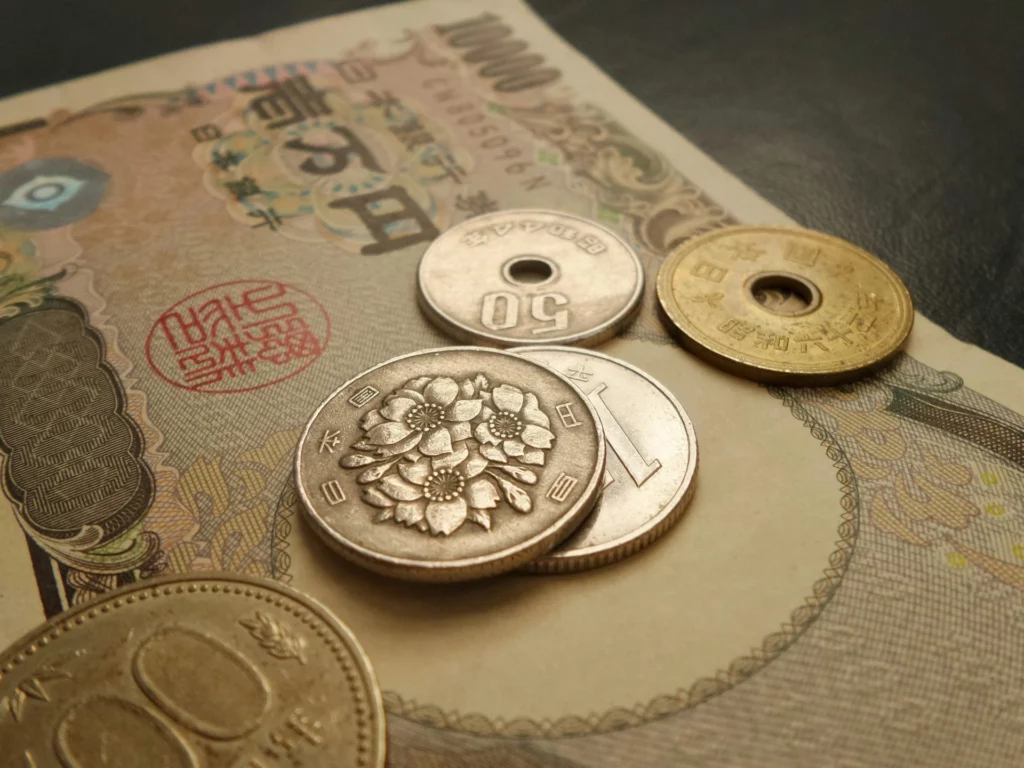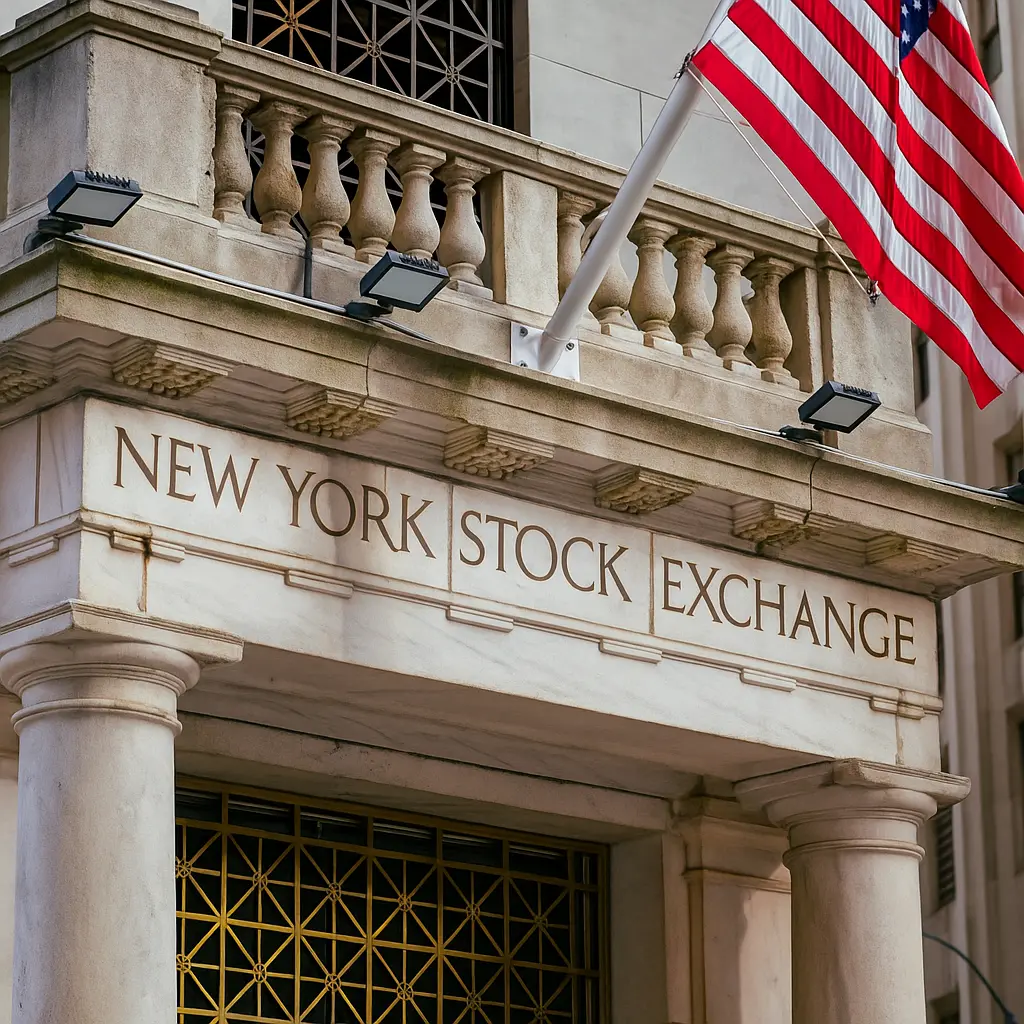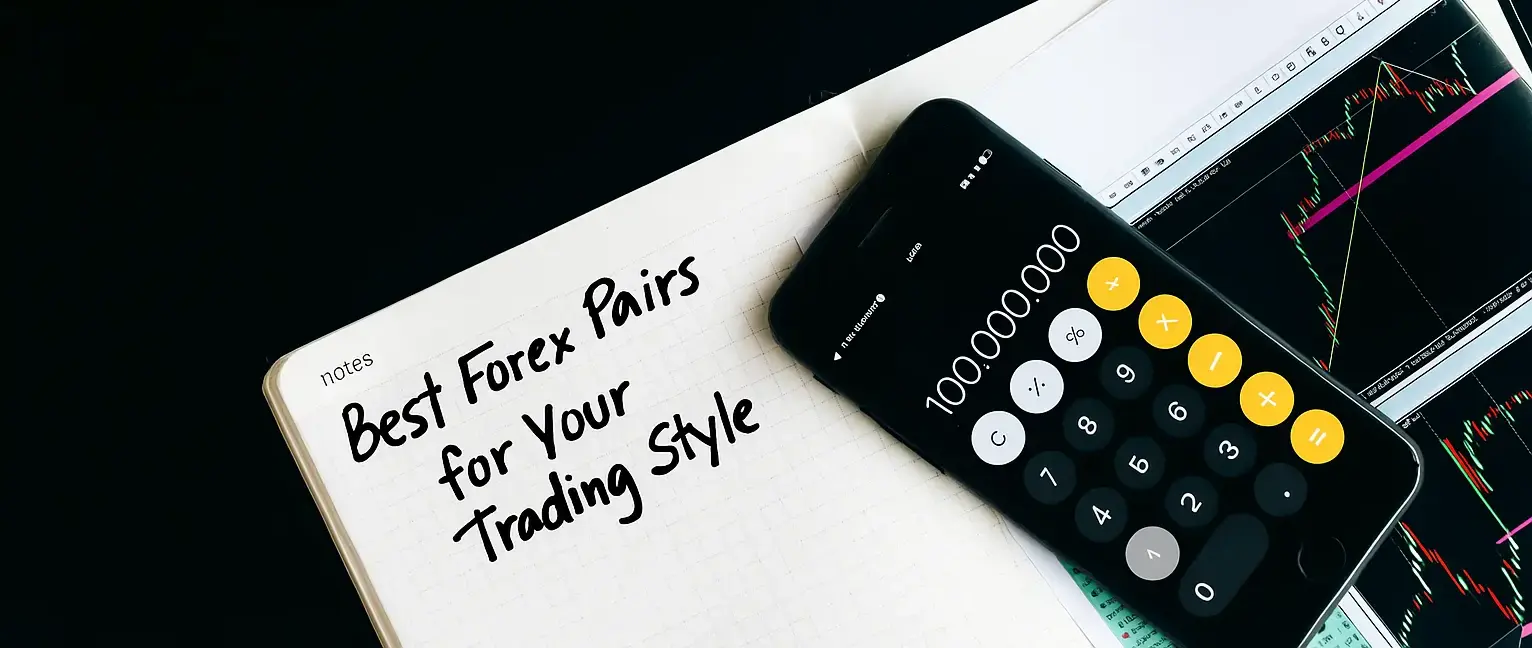Forex Trading Sessions Explained: Hours, Volatility & Best Times to Trade
Written by Seb on October 30, 2025.Forex Market Sessions: Hours, Volatility, and Key Factors
Forex trading sessions determine how the market moves throughout the day. Picture walking into a busy city at different times: at dawn, a few people are out, coffee shops are just opening, and the streets are quiet. By mid-morning, the city is alive – shops buzzing, traffic moving, and everyone trading. Similarly, the forex market is open 24 hours, but the energy shifts depending on which trading session is active.
In this article, we’ll cover:
- What forex trading sessions are
- The major trading sessions and which currency pairs are most active in each session
- How session overlaps and news events affect volatility
By the end, you’ll know exactly how to time your trades with the market.
What are Forex Trading Sessions? (Definition and Overview)
Forex trading sessions are specific periods defined by the business hours of major financial centers around the world. During these periods, trading activity and liquidity are higher because banks, institutions, and traders are active. Each day is broken into four major trading sessions which are: Sydney, Tokyo, London, and New York and each session comes with different levels of volatility, volume, and opportunity.
Forex trading sessions can feel very different from each other. The Sydney session often starts with lower activity, while the New York session is usually the most active and volatile. Each session tends to highlight certain currency pairs, for example the Tokyo session often sees more movement in JPY pairs, while the London session is active for EUR and GBP pairs.
Before we break down each session in detail, here’s a quick table that gives you the full picture at a glance of when each session runs and the expected volatility.
Forex Trading Sessions at a Glance (GMT)
| Session | Hours (GMT) | Volatility |
| Sydney | 21:00 – 06:00 | Low |
| Tokyo/Asian | 00:00 – 09:00 | Low to Moderate |
| London | 07:00 – 16:00 | High |
| New York | 13:00 – 22:00 | Very High (13:00-16:00 most volatile) |

Note: The start and end times of the sessions can shift by 1 hour during certain parts of the year because some countries adjust their clocks. For example: In the US, during daylight saving (usually March to November), the New York session opens an hour earlier in GMT time. Same thing with the London session when the UK moves to their daylight saving time called British Summer Time (BST). During this period, the London session also starts an hour earlier in GMT. So depending on the time of year, a session might start at 1 PM GMT, but later in the year, it might start at 2 PM GMT, even though in New York or London, it still starts at 8 AM locally. It’s just because their clocks changed, but yours didn’t.
Forex Session Overlaps: When Volatility Peaks
We have discussed each session and the time they show up; however these sessions sometimes overlap. This simply means two trading sessions being open at the same time. During these times, the market gets more active. For example, when London and New York overlap by 13:00-16:00 GMT.
Here’s how they line up:
- Sydney and Tokyo overlap between 00:00-07:00 GMT
- Tokyo and London overlap from 07:00-09:00 GMT
- London and New York overlap between 13:00-16:00 GMT
| Overlaps are important because when two sessions are live at once, there’s a surge in market activity. The London-New York overlap is the biggest. |
Now let’s look at each forex trading session on its own: the kind of news that moves it, the currency pairs that come alive, and how much volatility you can expect while it’s running.
Sydney Forex Session: Hours, Pairs & Volatility
The Sydney session is the first to open on the global forex clock, running roughly from 10 PM to 7 AM GMT on weekdays. It’s generally the quietest of the four major sessions because it only covers a few active markets, mainly Australia and New Zealand. As a result, price movement is usually limited, with pairs staying within tight ranges. Liquidity is also lower, which can lead to wider spreads, especially toward the end of the session.
The most active currencies during this time are the Australian dollar (AUD) and the New Zealand dollar (NZD). Pairs like AUD/USD, AUD/JPY, NZD/USD, and NZD/JPY typically move.
Economic news from Australia and New Zealand is the main driver of any volatility here. That includes rate decisions and statements from the Reserve Bank of Australia (RBA), as well as quarterly CPI, GDP reports, and monthly jobs data. For New Zealand, RBNZ policy updates and inflation or employment figures also drop during these hours. These events can cause noticeable spikes in AUD and NZD pairs, even though the overall session tends to stay on the calmer side.
Tokyo (Asian) Forex Session: Best Pairs to Trade
The Tokyo session, also known as the Asian session, runs from 12:00 AM to 9:00 AM GMT. This period aligns with the Japanese business day and kicks off the first major wave of global trading activity after the Sydney session. While it’s not the most volatile session, it still plays a key role, especially for traders who focus on the Japanese yen and other Asia-Pacific currencies.

Market movement during this session is usually calm with lower volatility compared to the London or New York sessions. However, that calmness can change quickly if there’s a major economic release or a surprise from the Bank of Japan (BOJ). On average, the Tokyo session accounts for about 20% of global forex volume. Currency pairs involving the Japanese yen (such as USD/JPY, EUR/JPY, and GBP/JPY) tend to be most active. Australian and New Zealand pairs also move during this time since their sessions overlap slightly with Tokyo.
The major news events that affect this session include BOJ interest rate decisions and statements, press conferences, inflation data (CPI), GDP releases, and trade balance reports.
London Forex Session: The Most Active Trading Period
The London session is considered the most important trading session due to its high volume and strong market influence. It runs from 7:00 AM to 4:00 PM GMT. At its peak, it can account for 35–40% of the entire day’s forex turnover. London is a major global financial hub, so a lot of institutional flow, hedge funds, banks, and corporations are active during this time.
This session is known for strong price moves, high volatility, and heavy liquidity, especially in EUR, GBP, CHF, and USD pairs. Pairs like EUR/USD, GBP/USD, EUR/GBP, and USD/CHF often see large moves and tight spreads.
News releases that affect this session include interest rate decisions from the Bank of England and European Central Bank, GDP numbers, inflation (CPI), unemployment, and major political or financial headlines.
New York Forex Session: USD Pairs & High Volatility

The New York session runs from 1:00 PM to 10:00 PM GMT. It overlaps with London from 1:00 to 4:00 PM GMT, and this 3-hour window is the most active and volatile period of the trading day. New York is the second-largest forex trading center after London and plays a crucial role, especially for USD pairs.
USD pairs dominate in this session. EUR/USD, GBP/USD, USD/JPY, USD/CHF, and USD/CAD all experience significant volatility.
US economic data is extremely influential. Major releases include the monthly Nonfarm Payrolls and unemployment report (first Friday of each month), Federal Reserve interest rate decisions and FOMC statements, inflation data (CPI), GDP, retail sales, and ISM/PMI business surveys.
Common Mistakes Traders Make with Session Timing
Even experienced traders can fall into traps when it comes to session timing. One of the most common mistakes is trading during low-liquidity periods without adjusting strategy. For example, trying to scalp during the late Sydney session often leads to wider spreads and unpredictable price action that can quickly eat into profits.
Another frequent error is ignoring session transitions. The first 15-30 minutes after a major session opens (especially London and New York) can be chaotic, with false breakouts and whipsaw movements as the market finds its direction. Many traders jump in too early and get stopped out before the real trend emerges.
Overtrading during overlaps is also problematic. While the London-New York overlap offers the most volatility, it also attracts the most institutional activity and algorithmic trading. Retail traders who chase every move during this window often overtrade and rack up losses from poor entries.
Finally, many traders fail to align their trading style with the right session. Scalpers need tight spreads and high liquidity (London or New York), while swing traders might prefer the calmer Tokyo session to set positions before major moves. Trading against your natural style and the session’s characteristics is a recipe for frustration.
The key is to match your strategy, risk tolerance, and available trading time with the session that supports your approach—not just trading whenever the market is open.
FAQ
What is the best forex trading session for beginners?
The London session offers high liquidity and tighter spreads, making it ideal for beginners.
When is the forex market most volatile?
The London-New York overlap (13:00-16:00 GMT) is the most volatile period.
Which currency pairs are most active during the Tokyo session?
USD/JPY, EUR/JPY, AUD/JPY, and NZD/JPY are most active.
Final Word
If you want to take advantage of how the market really moves, different sessions, different times of day, different volatility windows, you need more than just a chart.
You need a Maven account.
With Maven, you can trade during the sessions that suit your style, whether you like quiet setups during Asia or fast momentum during New York. Ready to trade during the sessions that match your strategy? Open a Maven account and access up to $1M in virtual capital with no minimum trading days. Start trading smarter today.



